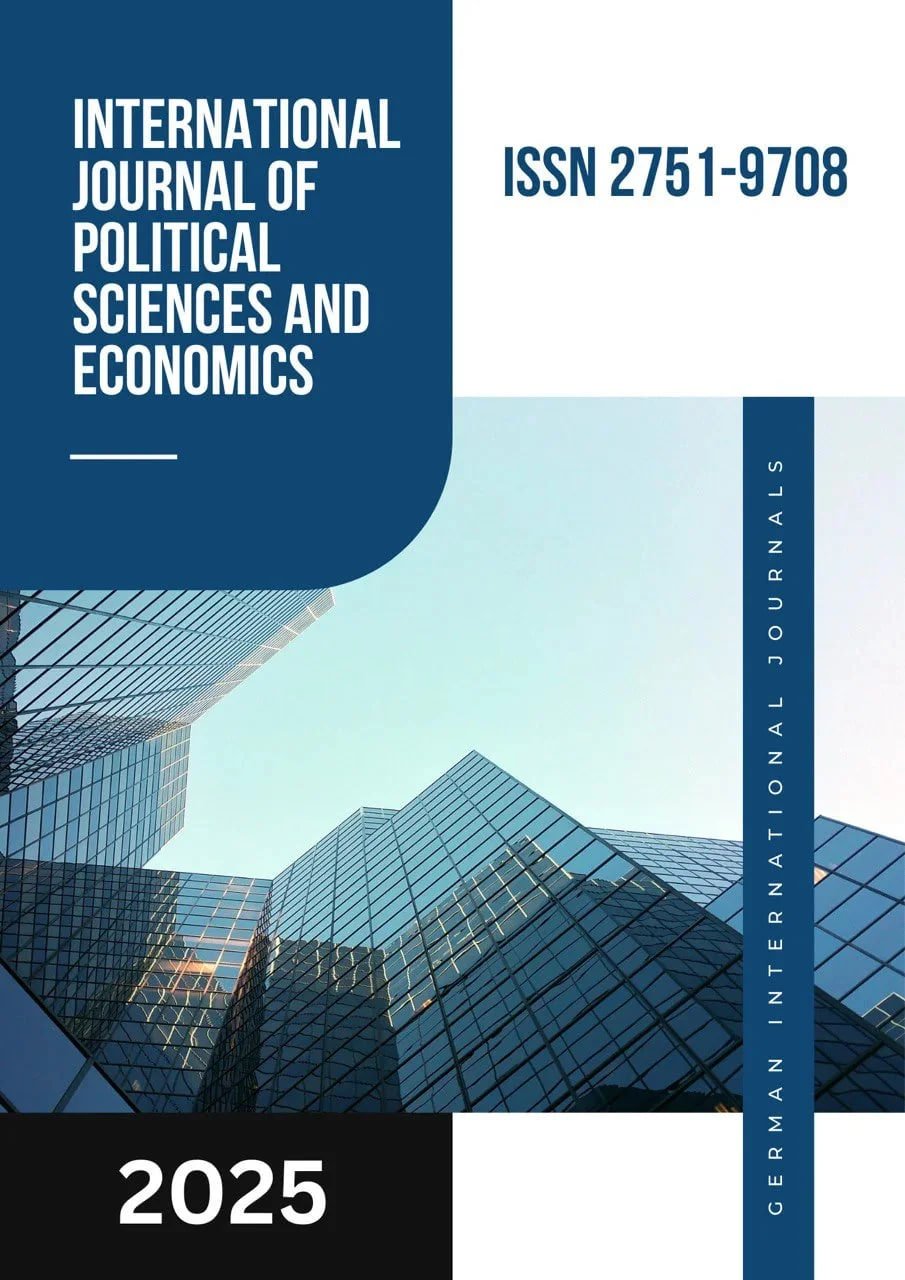GLOBAL APPROACHES TO TEACHING ENGLISH: INSIGHTS FROM INTERNATIONAL PRACTICES
DOI:
https://doi.org/10.55640/Keywords:
Teaching English as a Second Language (ESL), International experiences, Cultural competence, Pedagogical approaches, Globalization, Language acquisition.Abstract
Teaching English as a Second Language (ESL) plays a vital role in facilitating global communication in today’s interconnected world. This article examines the varied experiences of ESL teachers in different countries, focusing on the challenges and benefits of teaching within diverse cultural settings. It explores teaching methods, cultural adjustments, and the influence of globalization on English language instruction. By incorporating personal stories and research findings, the paper offers insights into how teachers balance language acquisition with cultural sensitivity. The results highlight the significance of cultural awareness and flexibility in improving both teaching and learning outcomes.
References
1.Crystal, D. (2003). English as a Global Language. Cambridge University Press.
2.Harmer, J. (2007). The Practice of English Language Teaching. Pearson Longman.
3.Nunan, D. (2004). Task-Based Language Teaching. Cambridge University Press.
4.Liu, M. (2013). The Role of Culture in Teaching English as a Foreign Language. Language Education in Asia, 4(1), 27-41.
5.Richards, J. C. (2015). Key Issues in Language Teaching. Cambridge University Press.
6.Tsui, A. B. M. (2003). Understanding Expertise in Teaching. Cambridge University Press.
Downloads
Published
Issue
Section
License

This work is licensed under a Creative Commons Attribution 4.0 International License.
Authors retain the copyright of their manuscripts, and all Open Access articles are disseminated under the terms of the Creative Commons Attribution License 4.0 (CC-BY), which licenses unrestricted use, distribution, and reproduction in any medium, provided that the original work is appropriately cited. The use of general descriptive names, trade names, trademarks, and so forth in this publication, even if not specifically identified, does not imply that these names are not protected by the relevant laws and regulations.







